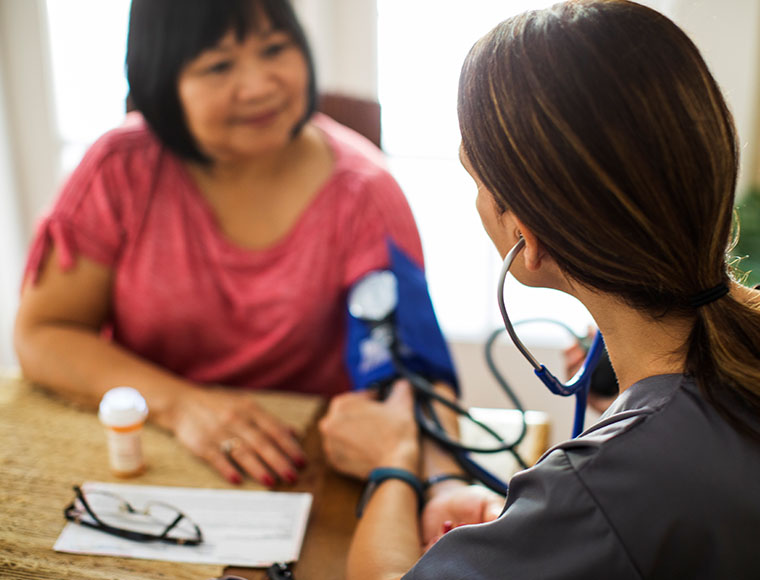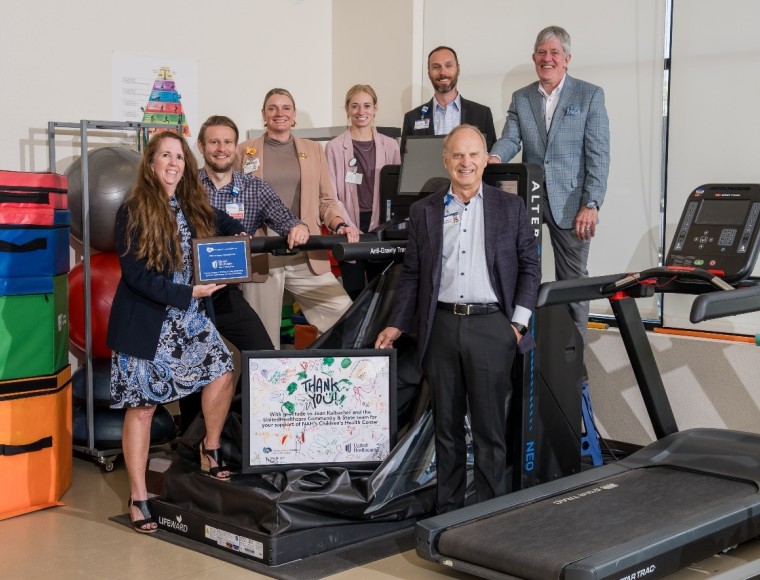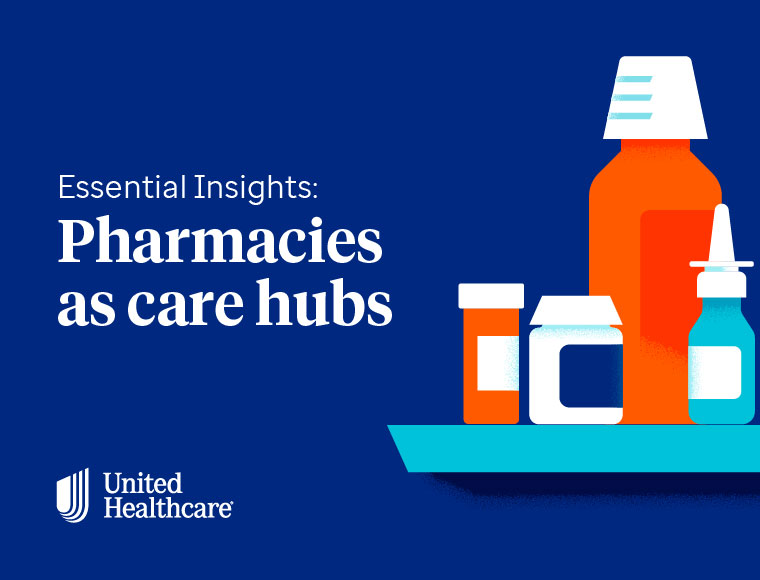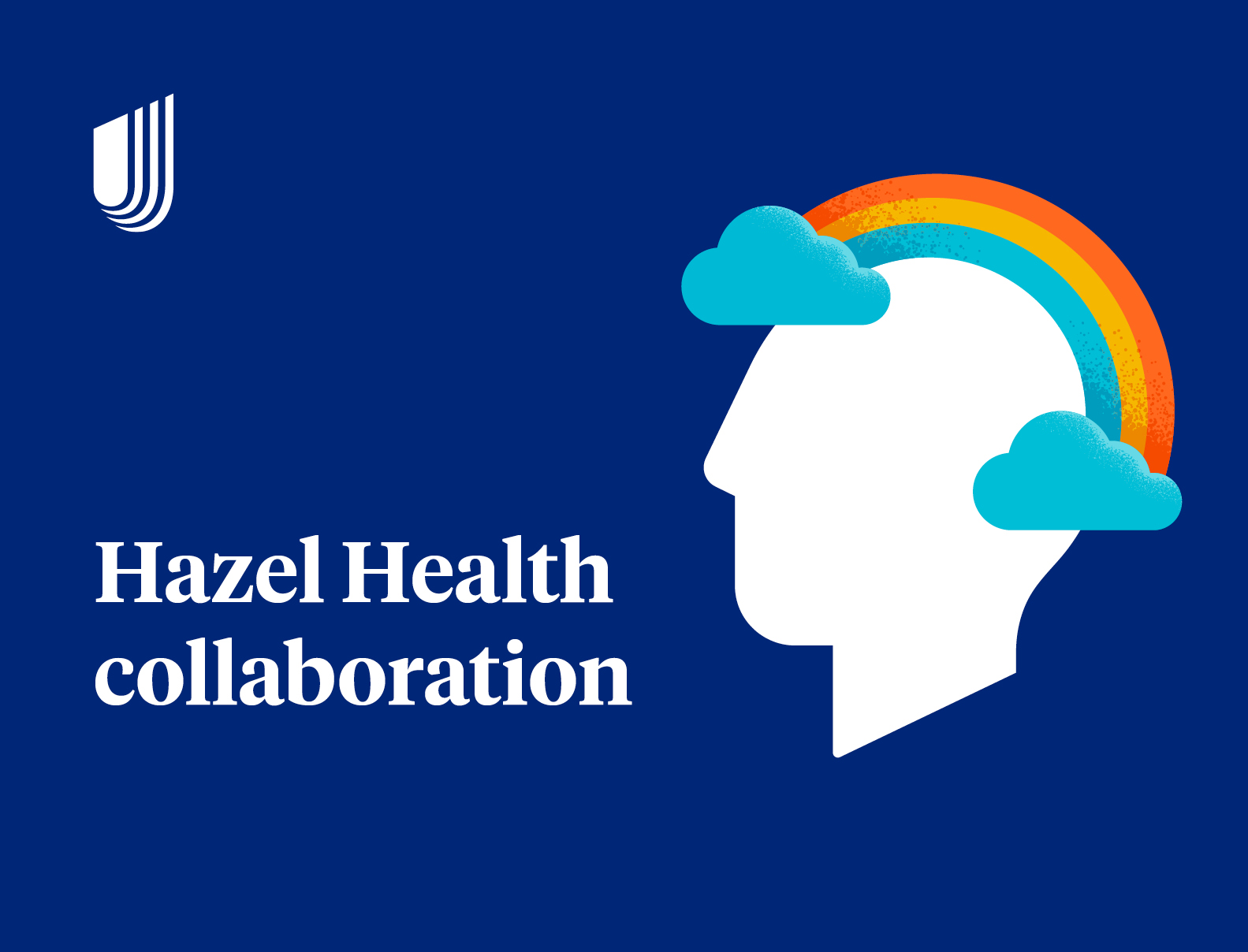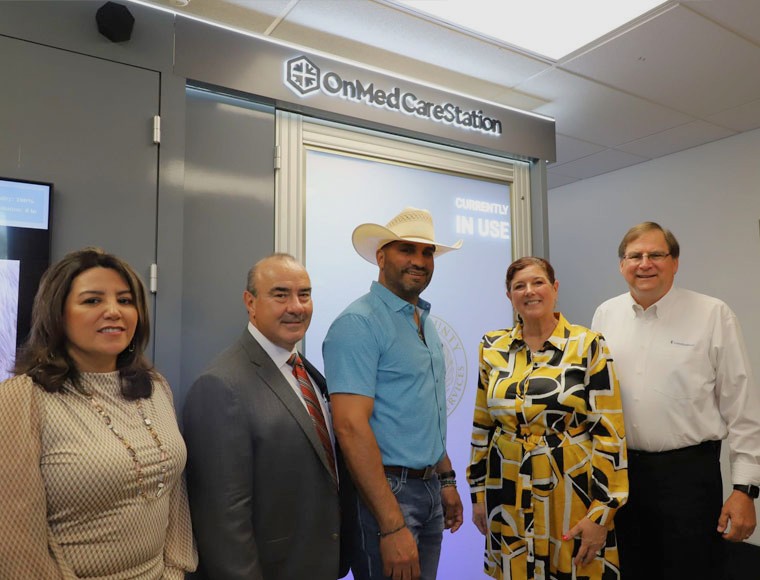UnitedHealthcare Community & State is committed to leveraging telehealth to improve access to quality health care for the populations it serves across the U.S. Telehealth is defined as the use of electronic information and telecommunication technologies to support long-distance clinical health care, patient and professional health-related education, health administration and public health.1
UnitedHealthcare Community & State’s investment in telehealth services is essential for members’ positive health outcomes given the following findings:
- Studies predict that by 2030, there will be a shortage of 120,000 physicians2
- Rural areas in particular experience physician shortages with an average of 13.1 physicians per 10K people3
- Individuals who received care in 2022 waited an average of 26 days to get an appointment scheduled4
- Only 8% of U.S. adults aged 35 or older receive all recommended clinical preventive services5
- The average economic impact of time spent on travel and waiting for care services is $89 billion per year, when quantified in average hourly wages6
- Telehealth services are associated with greater compliance with clinician recommendations, adherence to recommended therapies and fewer missed follow-up visits7
We use telehealth to augment network capacity and increase equitable access to services, especially in rural and provider shortage areas. Our telehealth services expand access to care, reduce health inequity and improve members’ care experiences through comprehensive, multimodal solutions that incorporate the unique needs of members, providers and their communities.
Our telehealth strategy includes the following initiatives:
- Evolve the provider care delivery system by maximizing local provider telehealth services.
- Empower members by improving access to telehealth solutions that address a wide array of conditions.
- Engage communities by creating community-based telehealth hubs for expanded access.
Evolve the provider care delivery system
UnitedHealthcare is committed to supporting local providers’ ability to provide care through telehealth. A measurable step for this initiative is connecting providers to available grant funding to acquire telehealth technology and support staff. An example of this is UnitedHealth Foundation’s $3.2M grant for the expansion of East Carolina University’s North Carolina statewide telepsychiatry program.⁸ The expansion provides mental health services to children in rural and underserved parts of the state.
Another way to support local providers is through eConsultation services (also known as e-consults or interprofessional consultations). These services are asynchronous physician-to-physician communications used by primary care providers seeking a specialist's expert opinion regarding an appropriate diagnosis or treatment plan. Offering eConsult services to primary care providers improves access to specialist expertise, enhances care coordination, reduces costs and increases patient satisfaction.
Empower members
UnitedHealthcare Community & State offers personalized telehealth services that cater to the physical and behavioral health needs of members. For example, we have a robust network of local and national providers who offer telehealth services including urgent care, primary care, behavioral health care, chronic condition disease management and maternal and pediatric care. While telehealth has the potential to expand health care access to everyone regardless of location, there is a persistent digital divide in many regions. This divide disproportionately affects Black and rural households, preventing them from accessing virtual care. To address this issue, UnitedHealthcare Community & State is focused on building reliable access to necessary technology and providing education to bridge the digital divide.
Engage communities
Access to telehealth can be particularly challenging for rural and low-income members who may not have reliable access to broadband internet. A study conducted by the Harvard School of Public Health found that 21% of rural Americans reported difficulties with high-speed internet access.9
UnitedHealthcare Community & State aims to improve broadband connectivity with telehealth hubs. These access sites will provide high-speed internet and devices with preloaded telehealth services within community-based organizations that members already frequent. Select hubs will have health care professionals available to assist members in connecting to their provider. A measurable step for this initiative is the launch of the pharmacy telehealth hub program in Virginia and North Carolina, incorporating both virtual and hands-on care.
Telehealth hub strategy
Telehealth hubs are a key priority within UnitedHealthcare Community & State’s telehealth strategy. Through collaboration with local community organizations like school districts and pharmacies, UnitedHealthcare Community & State has established telehealth hubs that enable members to receive virtual care in a private and confidential environment.
Rachel Bauch, the Director of Virtual Care Strategy and Strategic Partnerships for UnitedHealthcare Community & State, emphasized the significance of telehealth hubs, stating, “Telehealth hubs offer a solution for members who lack the required devices, internet connectivity or technological literacy to participate in telehealth consultations from home. Despite the opportunities telehealth brings in expanding health care access, there is still a persistent digital divide preventing some members from accessing virtual care. Telehealth hubs play a critical role in bridging this divide and are essential for reducing health inequities.”
In line with the telehealth hub strategy, UnitedHealthcare Community Plan of North Carolina invested $75,000 in a collaboration with Community Pharmacy Enhanced Services Network. The collaboration will provide health care services to health professional shortage areas through 11 strategically identified pharmacy telehealth hubs. In addition to virtual visits with a care provider, patients can receive in-person services from pharmacists including testing for flu, strep throat, COVID and urinary tract infections as well as HIV, hepatitis C and lipid panel A1C testing for diabetes. Expanded pharmacy capabilities such as behavioral health services may be available in the future as well.
Kristi Fowler, Director of Medicaid Pharmacy Growth and Innovation for UnitedHealthcare Community & State, spoke to the benefits of UnitedHealthcare’s telehealth strategy, “There are areas of the country where it may take 45 minutes just to drive to an urgent care. Through the pharmacy care hub telehealth program, patients are able to get immediate care, including point of care testing, much closer to home in their local pharmacy.”
UnitedHealthcare Community & State remains dedicated to addressing provider shortages and care inaccessibility through telehealth hubs as well as collaboration with independent pharmacies in rural environments.
Enjoy this blog? Get future Community & State insights delivered right to your inbox.





